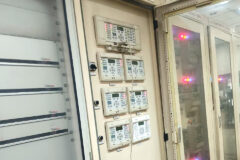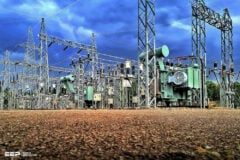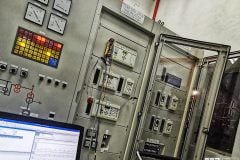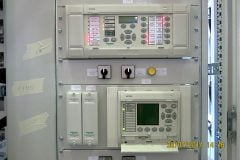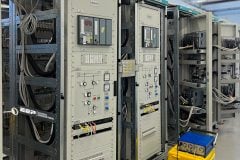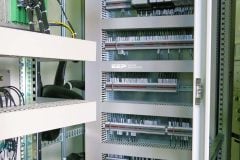Terminology in relay protection
It’s not unusual to see graduates and engineers from other disciplines experience difficulties in properly interpreting the terminology used in applying relays, analyzing their performance, and designing protection systems. Actually, this is normal, but during the project, this lack makes it difficult for relay engineers to communicate effectively with their colleagues and convey their interpretations of relaying issues and questions effectively.

This technical article is dedicated to graduates and engineers coming from other disciplines as well to experienced power system and protection engineers. It will shed some light on terms concerning the quality of measurements, philosophy of protection and circuit breakers often used by protection engineers.
The specific terms included in this article are:
- Accuracy,
- Accuracy class,
- Reliability,
- Sensitivity,
- Relay stability,
- Primary protection,
- Backup protection,
- Dual protection,
- Device number,
- Breaker failure,
- Phase disagreement,
- Pole flashover, and
- Single-phase tripping
1. Accuracy
This term is used for at least two different purposes, one to describe the accuracy of a device and the other to specify the accuracy of a measurement. In the first context, accuracy is the degree to which a device (relay, instrument or meter) conforms to an accepted standard.
In the second case, the accuracy of a measurement specifies the difference between the measured and true values of a quantity. The deviation from the true value is the indication of how accurately a reading has been taken or a setting has been made.
Example
If a relay is specified to have ±5% accuracy, it means that the relay should operate when its exciting quantity (current or voltage) is between -5% and +5% of its setting. Let us consider the case of Figure 1 and assume that the CT provides secondary current which is an accurate representation of the primary current.


When the fault current is 12,000 A, the current in the relay will be 100 A. If the relay accuracy is ±5%, it could interpret the current to be of any level from 95 A to 105 A. In case the relay is set to operate at 100 A, it mayor may not operate depending on its interpretation of the level of current in the circuit.
2. Accuracy Class
This term is used to define the quality of the steady state performance of a current transformer. The accuracy class of a current transformer (CT) used for protection functions is described by a letter which indicates whether the accuracy can be calculated (class C) or it must be obtained from physical tests (class T).
Examples of accuracy classes for 10% error class C CTs are C1OO, C200, C400 and C800. At this time, there is no accuracy class higher than C800. Examples of accuracy classes for 10% error class T CTs are T105, 1250, T375 and T750.
| IEEE C57.13 | IEC 60044-1 |
| C100 | 25 VA 5P 20 |
| C200 | 50 VA 5P 20 |
| C400 | 100 VA 5P 20 |
| C800 | 200 VA 5P 20 |
The IEC accuracy designation gives the burden VA at rated input, the accuracy rating (5P), and the limit of 20 times rating.
3. Reliability
Reliability is an index that expresses the attribute of a protective relay or a system to operate correctly for situations in which it is designed to operate. This also includes the attribute of not operating (incorrectly) for all other situations.
Reliability is expressed in terms of two competing fundamental attributes, dependability and security.
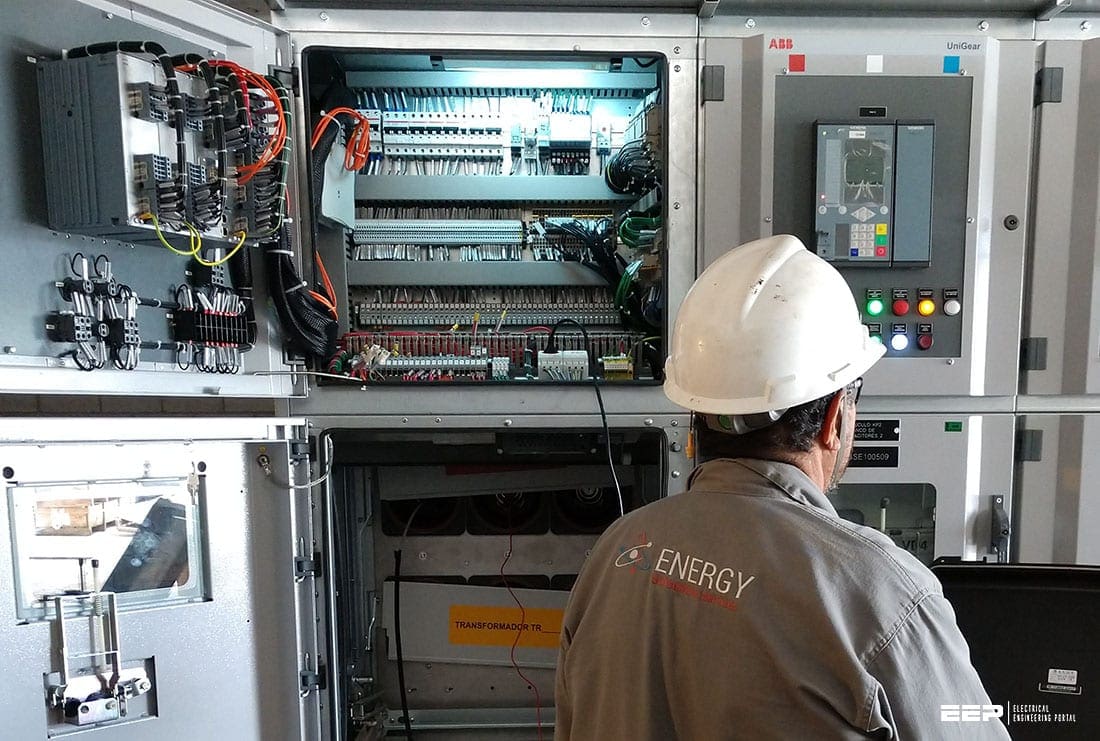

3.1 Dependability
Dependability is the aspect of reliability that expresses the degree of certainty that a relay will operate correctly. For relay systems, dependability is assured by using redundant protection systems and backup relays.
Example
The primary protection for a transmission line may be provided by using a phase comparison protection scheme. The degree of certainty that this scheme will operate for all faults on the transmission line is the dependability index of the scheme.
To increase this index for the transmission line protection system, distance relays can be included to act as backup relays.


3.2 Security
Security is the aspect of reliability that expresses the degree of certainty that a relay will not operate incorrectly irrespective of the nature of the operating state of the power system. Pretty simple.

